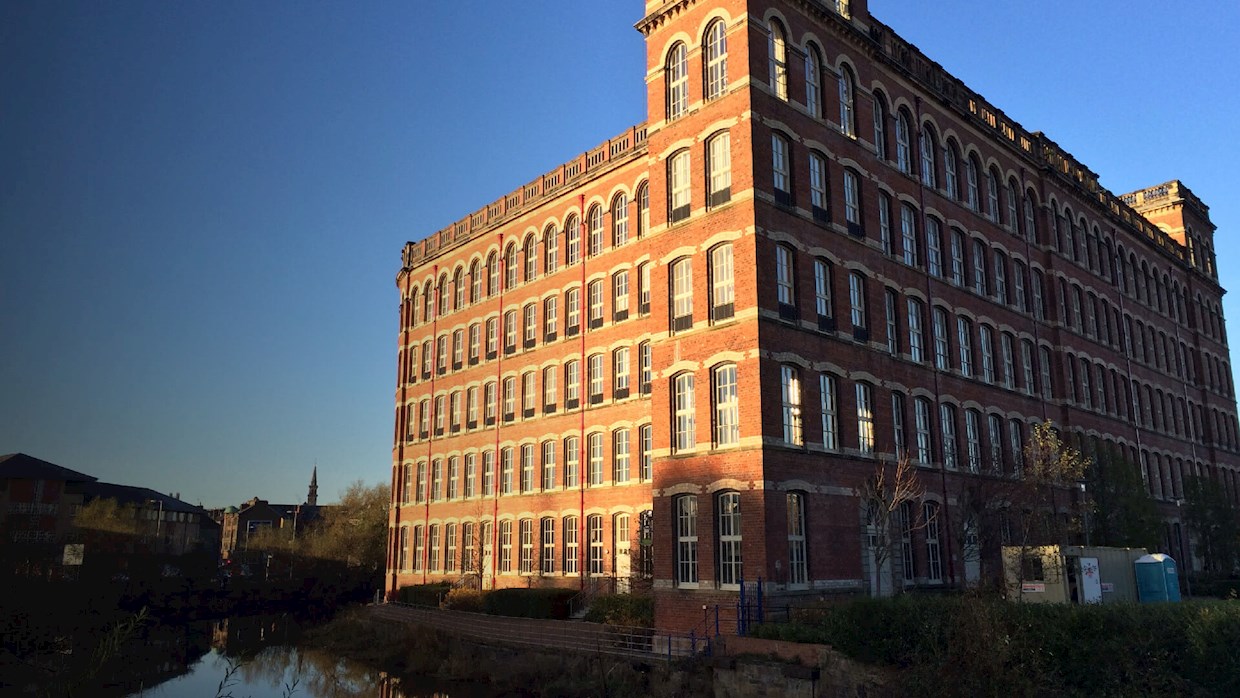
The thread that binds
From Brazil to Barcelona, Coats’ influence can be seen in some surprising places
- May 2018
Coats began life as a textile company in Paisley, Scotland in the 18th century, moving into America, Europe and India during the 1800s, then expanding rapidly to become one of the first multinational companies during the 1900s.
This expansion has resulted in some interesting inter-cultural influences in unexpected places – such as the sight of a saltire (also known as St Andrew’s Cross and as seen on the Scottish flag) flying above a building in the Catalonian village of Borgonyà just outside of Barcelona.
This was the spot where, in 1895, Coats brought over 200 of its workers from Paisley to work at a new factory that harnessed hydraulic energy from the nearby River Ter. To make its workers feel at home, the company built typically British cottages as well as a church, schools and a post office. Production flourished in the region until the 1980s, when the textile industry was faced with unprecedented challenges and Coats had to close the plant and sell off the houses.
However, the Coats’ legacy lives on in Borgonyà. The village, now a national heritage site, has preserved its links with Coats and Paisley to attract visitors interested in learning about the area’s industrial heritage and contribution to the textile industry. And the village’s football team Club Deportivo Borgonyà – originally formed by Coats to give its workers something to do in their leisure time – these days proudly announces its dual cultural influences by having a kit that displays both a saltire and the yellow and red stripes of the Catalan flag on the back of players’ shirts.
Back in Paisley where our story began, the built legacy of the Coats and Clark families (Coats amalgamated with Clarks in the 1890s) remains an evident part of the town’s fabric. The Observatory, Fountain Gardens, library and museum were all gifted to the town by the Coats family, and the Clarks contributed a large sum towards the building of Paisley’s town hall.
Coats continues to retain ties with the place of its birth. In 2017, Coats supported Paisley’s bid to become the 2021 UK City of Culture, and in April 2018 we reconfirmed our financial pledge towards projects promoting Paisley's ambitious bid legacy plans.

